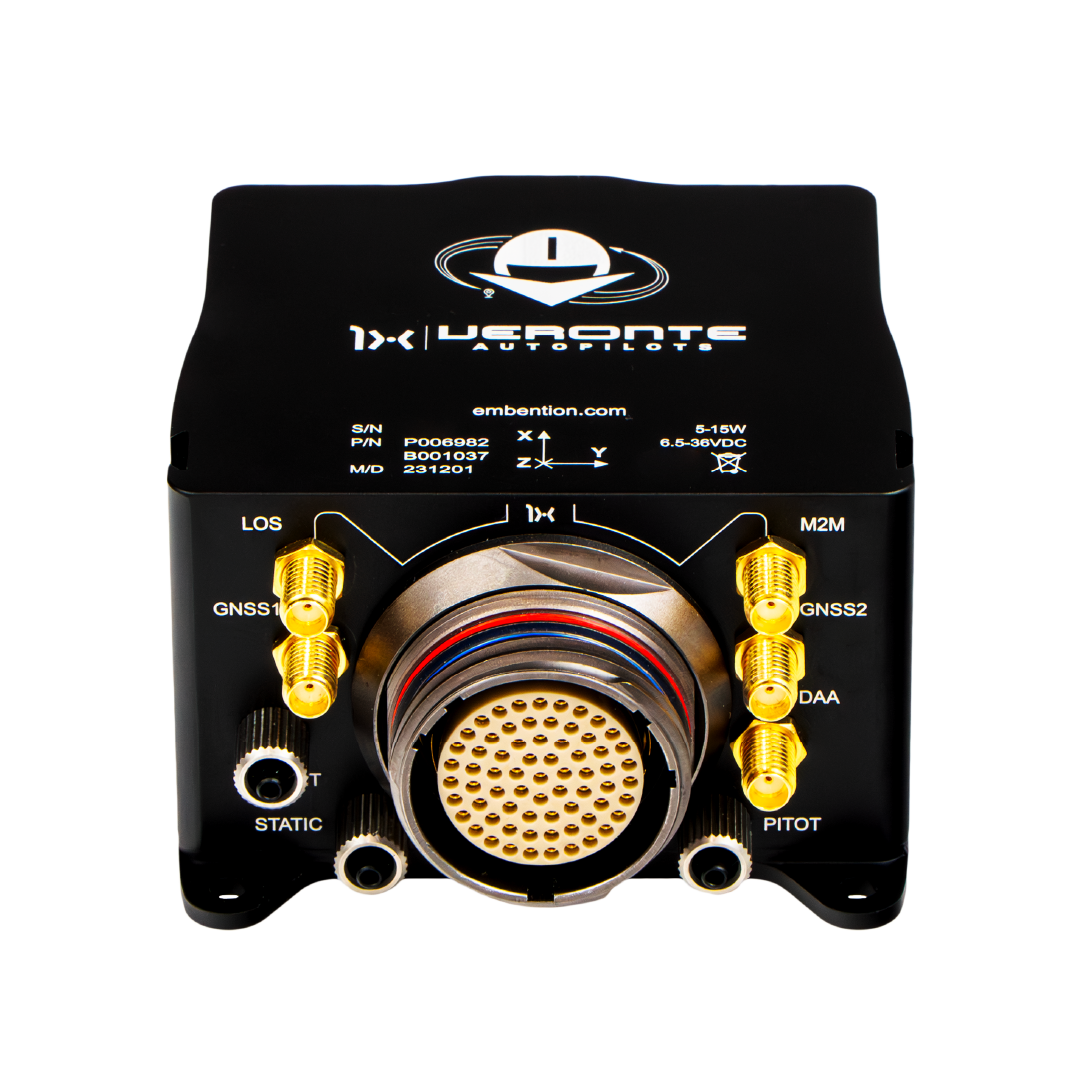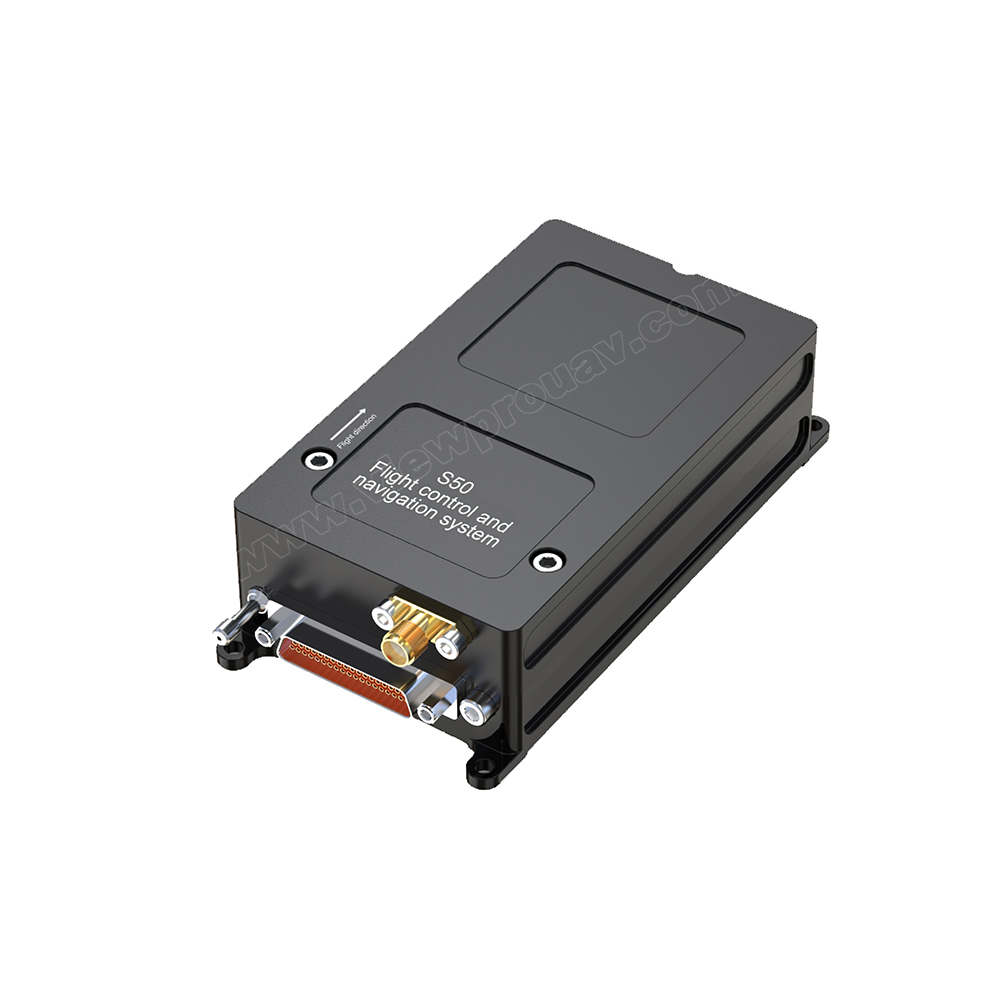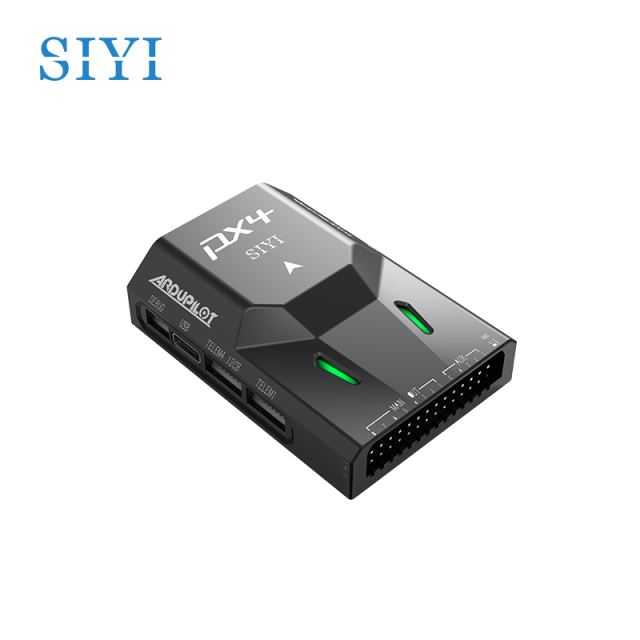SparkNavi Drone Flight Controller and GNSS/INS Made in Taiwan: Precision and Development
SparkNavi Drone Flight Controller and GNSS/INS Made in Taiwan: Precision and Development
Blog Article
Discovering the Duty of Drone Trip Controllers in Enhancing Flight Security and Navigating Effectiveness
The development of drone innovation has actually substantially enhanced the significance of trip controllers, which offer as the mind of these aerial lorries. By incorporating real-time information from an array of sensors, flight controllers boost flight security and navigating effectiveness, making sure that drones can run efficiently also in complicated atmospheres.

Recognizing Flight Controllers
Flight controllers are important elements in the functioning of drones, offering as the minds that handle and stabilize trip procedures. These innovative devices process information from different sensing units, including accelerometers, gyroscopes, and GPS, to guarantee that the drone preserves its designated trip path. The trip controller analyzes this information and carries out commands based on pre-defined algorithms, making it possible for the drone to reply to environmental adjustments, such as wind or obstacles.
The main feature of a trip controller is to maintain security throughout trip. It achieves this by making real-time modifications to the drone's motors and control surface areas, ensuring balance and control. Furthermore, contemporary flight controllers incorporate advanced attributes such as waypoint navigation, enabling automated trip courses and boosted operational effectiveness.
Understanding the design of flight controllers is crucial for both enthusiasts and specialists. They commonly contain a microcontroller, firmware, and numerous user interfaces for sensing unit input and interaction. As modern technology developments, trip controllers have ended up being more compact and capable, integrating expert system to adjust and improve decision-making procedures to complicated flight situations. This advancement signifies a crucial growth in the drone sector, leading the way for a lot more innovative applications and safer procedures.
Secret Parts of Trip Security
Accomplishing ideal flight security in drones counts on a number of crucial elements that function in performance to guarantee regulated and smooth operations. Central to this stability is the trip controller itself, which refines data from various sensing units to preserve the preferred trip attitude. This includes accelerometers and gyroscopes that determine movement and alignment, permitting real-time changes to the drone's setting.
Another crucial component is the electronic rate controllers (ESCs), which control the power delivered to the electric motors. By carefully adjusting electric motor speeds in action to trip controller commands, ESCs aid preserve equilibrium and counteract disruptions triggered by wind or abrupt motions.
Furthermore, the style of the drone's structure plays a pivotal role in trip stability. A well-structured structure minimizes resonances and enhances the general wind resistant profile, adding to smoother flight qualities. Finally, the assimilation of sophisticated formulas within the flight controller aids in predictive modifications, ensuring a versatile and responsive flight experience.
With each other, these components develop a natural system that improves a drone's stability, allowing for specific handling and boosted performance in different trip conditions.
Navigation Effectiveness Strategies
Performance in navigation is necessary for maximizing drone procedures, particularly in intricate atmospheres. Effective navigating strategies improve the ability of drones to pass through tough surfaces and stay clear of challenges, consequently boosting operational efficiency and safety and security.
One noticeable technique is the execution of sophisticated GPS and inertial dimension units (IMUs) that provide precise location monitoring and alignment have a peek at these guys information. These innovations Going Here allow drones to calculate optimum trip courses in real-time, considering different factors such as wind problems and prospective challenges.
An additional technique includes the use of algorithms for path planning and optimization. Formulas such as A * and Dijkstra's algorithm can be released to figure out one of the most efficient course while lessening power usage and trip time. Integrating maker learning models can enable drones to adaptively learn from their environments, enhancing navigation abilities via experience.

Effect On Autonomous Drones
The combination of advanced navigating methods has greatly changed the capabilities of self-governing drones, enabling them to run with higher autonomy and precision. SparkNavi drone flight controller and GNSS/INS made in taiwan. These enhancements are largely attributed to sophisticated flight controllers that use real-time information handling and sensor blend, allowing drones to navigate complicated settings seamlessly
The effect on self-governing drones extends beyond mere navigation; it incorporates boosted obstacle evasion, improved stability throughout dynamic conditions, and increased goal dependability. By leveraging formulas that incorporate device learning and expert system, drones can adjust to transforming circumstances, making notified decisions that enhance their trip paths while decreasing threats.
Additionally, the execution of durable flight controllers has actually promoted the execution of complicated tasks, such as aerial assessments, delivery services, and agricultural monitoring, with minimal human treatment. This capability not just streamlines procedures yet additionally reduces human error, therefore enhancing general security.
Consequently, the operational extent of independent drones has actually increased considerably, making them important tools in various industries. Their capability to perform efficiently in diverse scenarios highlights the important function that advanced trip controllers play in shaping the future of unmanned airborne systems.
Future Trends in Trip Control
Frequently, advancements in trip control innovation are positioned to redefine the landscape of drone operations in the coming years. Emerging patterns indicate a substantial shift towards boosted artificial intelligence (AI) integration, allowing trip controllers to refine real-time data more efficiently. This development will promote better decision-making capabilities, allowing drones to adjust to vibrant ecological conditions autonomously.
In addition, the execution of artificial intelligence formulas is expected to enhance anticipating maintenance, thereby decreasing downtime and prolonging the lifecycle of drone components. This proactive approach to upkeep will be important as drone applications expand throughout various markets, from agriculture to logistics.

.png)
Finally, developments in protected interaction procedures will certainly deal with security and regulatory concerns, making sure that drones can operate perfectly in stuffed airspaces (SparkNavi drone flight controller and GNSS/INS made in taiwan). Jointly, these trends point towards a future where trip control systems are not just smarter and extra reliable yet likewise qualified site link of running safely in a significantly incorporated airspace
Final Thought
To conclude, drone trip controllers are indispensable to enhancing flight security and navigation effectiveness through the sophisticated handling of sensor information. By preserving ideal flight mindsets and utilizing innovative algorithms for course optimization and obstacle evasion, these controllers dramatically add to the freedom and operational safety and security of drones. As technology continues to develop, further innovations in flight control systems are anticipated, assuring enhanced efficiency and increased abilities in the world of unmanned airborne vehicles.
By incorporating real-time data from a variety of sensing units, flight controllers improve flight stability and navigation efficiency, making sure that drones can operate smoothly also in intricate atmospheres.Flight controllers are essential components in the performance of drones, serving as the brains that support and handle flight procedures. Additionally, modern trip controllers incorporate sophisticated features such as waypoint navigation, allowing for automated trip courses and improved functional effectiveness.
Central to this stability is the flight controller itself, which refines information from numerous sensors to maintain the desired trip perspective.In final thought, drone trip controllers are important to improving flight stability and navigation effectiveness through the innovative processing of sensing unit information.
Report this page